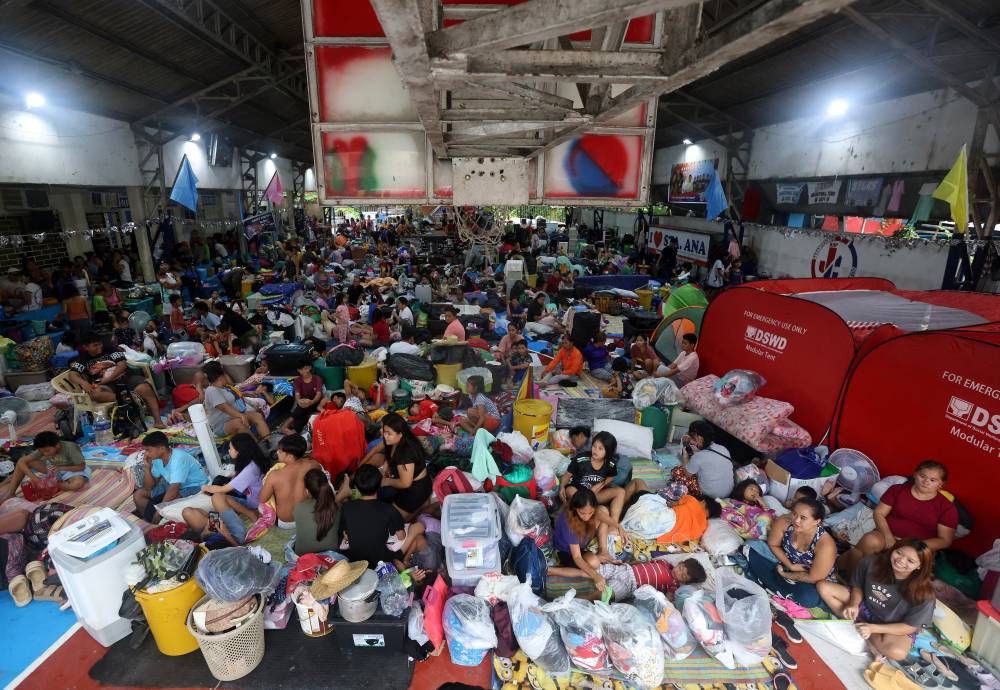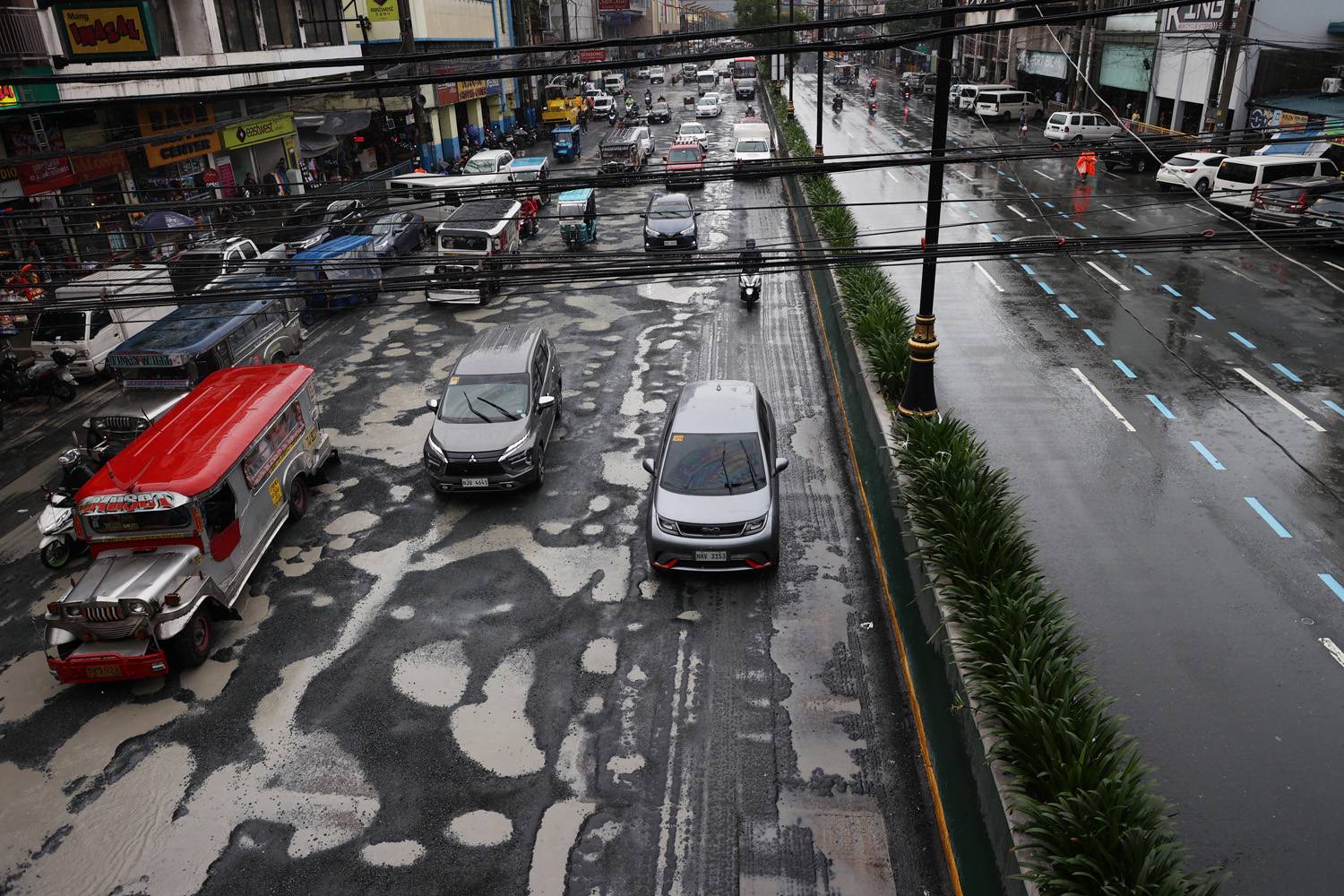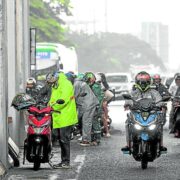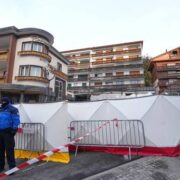Times call for ‘semi-permanent’ disaster response–Marcos

President Marcos on Thursday said certain disaster response arrangements should be made “semi-permanent” in light of the recurring impact of typhoons caused by climate change.
He made the remark after noting that recent typhoons and other weather disturbances, which have brought catastrophic damage, are no longer “unusual” occurrences.
“Let’s change our mindset—this is not unusual, this is not an emergency. This is now the reality of our times,” Marcos told reporters after presiding over a meeting of the National Disaster Risk Reduction and Management Council (NDRRMC).
“When we were growing up, the typhoon season was very clear, and it was also clear where flooding would occur. But now, that’s no longer the case—everything has changed,” he added.

Climate-resilient facilities
Mr. Marcos said disaster preparedness measures should now become “semi-permanent” as “ storms are coming… more quickly [and] becoming more strong.’’
“So our solutions need to be longer-term, not so ad hoc,” he stressed. “Let’s prepare. What do we need to do for the next decades so that we can adapt?”
In December last year, Mr. Marcos signed Republic Act No. 12076, or the Ligtas Pinoy Centers Act, mandating the construction of fully equipped evacuation centers in each city and municipality.
The measure aims to eliminate the need to use public schools as evacuation sites, so as not to disrupt classes.

Pagasa update
Mr. Marcos then raised concerns about the effects of continued class suspension on students, and also about the health of evacuees staying too long at the shelters.
Before the NDRRMC meeting, Mr. Marcos visited San Mateo, Rizal, to check on families displaced by the recent floods. He oversaw the distribution of water filtration kits and family food packs to over 1,000 families that packed Maly Elementary School and the Sta. Ana Covered Court.
Meanwhile, a new storm named Typhoon “Emong” (international name: Co-may), was projected to make landfall in either Pangasinan, La Union, or Ilocos Sur late Thursday night or early Friday morning, based on the 8 p.m. bulletin of the Philippine Atmospheric, Geophysical and Astronomical Services Administration (Pagasa).
Signal No. 4 has been hoisted over the southwestern portion of Ilocos Sur (Santa Lucia, Santa Cruz and Tagudin), the northwestern portion of La Union (Bangar, Luna, Balaoan, Bacnotan, San Juan, City of San Fernando and Bauang), and the extreme northwestern portion of Pangasinan (Agno, Bani, Bolinao, Anda and City of Alaminos).
Twelve people have died due to the recent weather disturbances, according to the NDRRMC.
The country’s farm sector, meanwhile, has sustained some P454.12 million in losses, the Department of Agriculture (DA) reported also on Thursday.
Damage to livelihood and infrastructure, including roads, bridges, and public buildings, was so far estimated at P4.4 billion.
At least 40 areas across the country have declared a state of calamity.
The Department of Trade and Industry (DTI) said prices of basic commodities remain stable and supply is sufficient in areas under a state of calamity.
A price freeze has been imposed in the provinces of Cavite and Bataan; the cities of Marikina, Las Piñas, Manila, Quezon, Malabon, Cebu, Meycauayan and Dagupan; and 19 municipalities across Pangasinan, Tarlac, Bulacan, Rizal, Batangas, Palawan and Antique.
Under the Price Act, a 60-day freeze is enforced on the prevailing prices of essential items in areas under a state of calamity. These items include canned sardines, processed milk, instant noodles, bottled water, bread, coffee and detergent. —WITH REPORTS FROM JORDEENE B. LAGARE, GABRYELLE DUMALAG AND JASON SIGALES

















